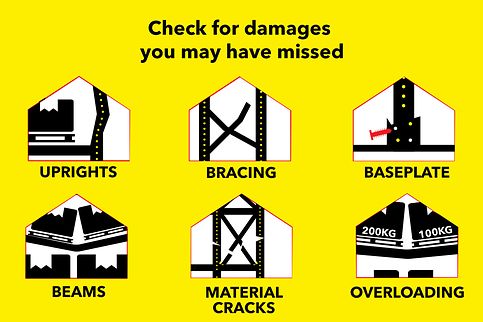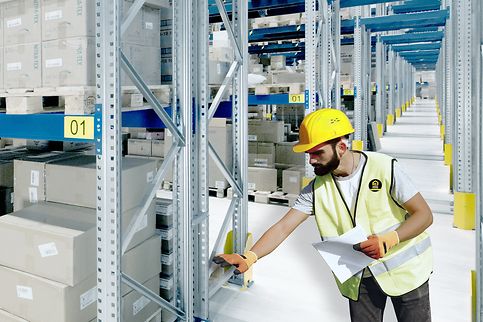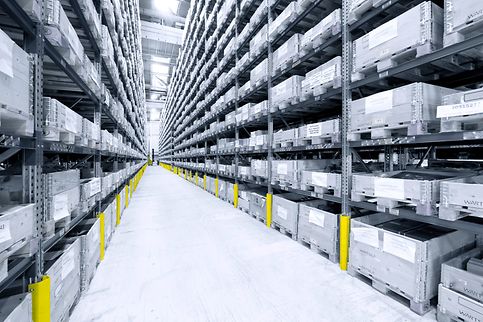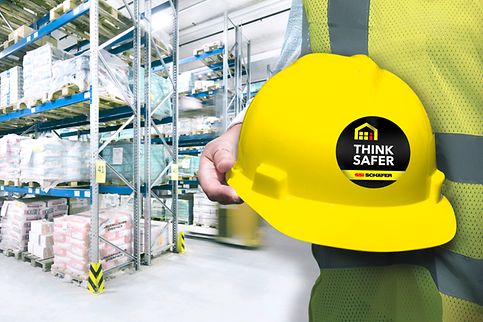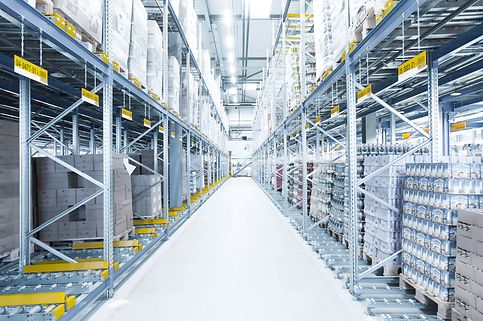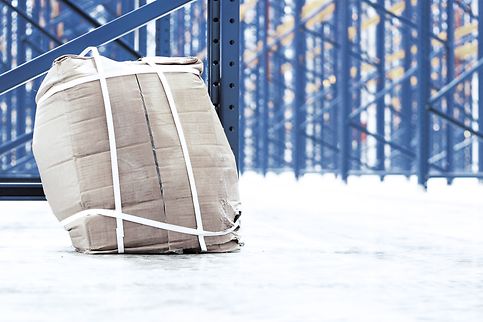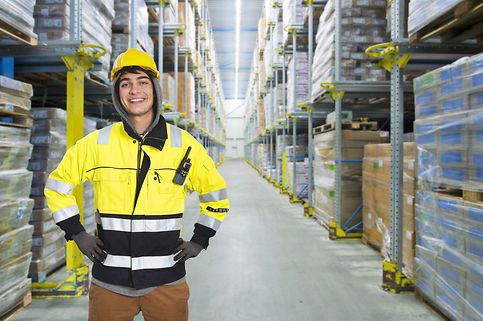Make Warehouse Safety A Priority
As warehouses look and feel safe, it is so easy for warehouse employees to be lulled into a false sense of safety. Unlike shipyards or construction sites, the potential for life threaten accidents appear limited.
But workplace accident statistics compiled by Singapore’s Ministry of Manpower (MOM) tells a different story. Although the numbers have improved from 2016 to 2018, Singapore’s transport and storage sector continue to have as many fatal and non-fatal major injuries as the marine sector. As for minor injuries, there were far more injuries in the transport and storage sector – over 2 times more – than there were in marine.
Inspection by MOM’s Occupational Safety and Health Inspectorate revealed common contraventions include:
Poor traffic management
Unsafe use of racks
Work at height
So concerned was the Ministry about the sector’s injury rate that it organised an industry forum to raise awareness amongst practitioners and to impress on them the need to take preventive action.
Traffic Management
Warehouses are busy places with many moving parts. In the rush to fulfill orders within ever tighter deadlines in this fast-paced working environment, slip-ups occur sometimes with dire consequences. Employees who drive or work near vehicles, whether vans, forklifts or prime movers are most at risk.
According to MOM findings, some of the contributing factors resulting in accidents with other vehicles or pedestrians were no proper management of vehicular and pedestrian traffic within the premises, no mandated parking area for prime movers, no proper marking of pedestrian passageways at the premises and no formal training of drivers.
So how can we make the warehouse environment safe?
It is crucial for companies to take a good hard look at their operations, identify potential hazards within their premises and address them. This may involve an overhaul of the traffic management plan or something more targeted, such as improving the signage or establishing safe pedestrian crossings.
Whatever the company decides, it is important to keep employees inform and engage. For unless they are, all the effort made will come to naught. You may consider to signup for a safety training course to ensure employees are trained and kept up to date with warehouse safety operations guidelines.
Safe Use of Racks
Racks are the backbone of today’s warehouses. They help to maximise the use of warehouse height and organise product storage for streamlined picking.
Use properly, they are an asset to the warehouse. Misuse of the racks can have adverse consequences. A rack collapse triggered by rack overloading, or being rammed by a forklift can be disastrous. As racks nowadays can be up to 11m high with narrow aisles when one rack collapses, it can set off a chain reaction, affecting an entire row with cross aisle collapse its domino effect can wipe out a whole warehouse.
You can only imagine the costs involved as well as lost production time in today’s manufacturing environment where just-in-time production is the industry norm. Losing components means losing days of production time, as inventory is pared to a minimum.
How do you forestall this? You could:
Put rack guards and safety barrier to protect the upright from vehicle impact;
Ensure safe working load of beams to handle the weight of goods;
Install signage of safe workloads and safe working conditions on all racks;
Conduct periodic visual inspection of the racking system; and
Educate operators on the correct positioning of the pallets
Work at Height
Work at height refers to work in any place where, if there were no precautions in place, a person could fall a distance liable to cause personal injury.
Based on MOM findings, accidents involving work at height usually resulted from the use of unsafe work platform, with no proper access and egress as well as open sides.
To prevent accidents, you should use appropriate access equipment and ensure they are stable and strong enough for the task at hand. With safety harnesses, It is also important to make regular checks and ensure proper maintenance.
Warehouse safety is not an accident. It requires careful thought and planning. But the payback is well worth it! Signup with us for Warehouse Safety Maintenance now.
